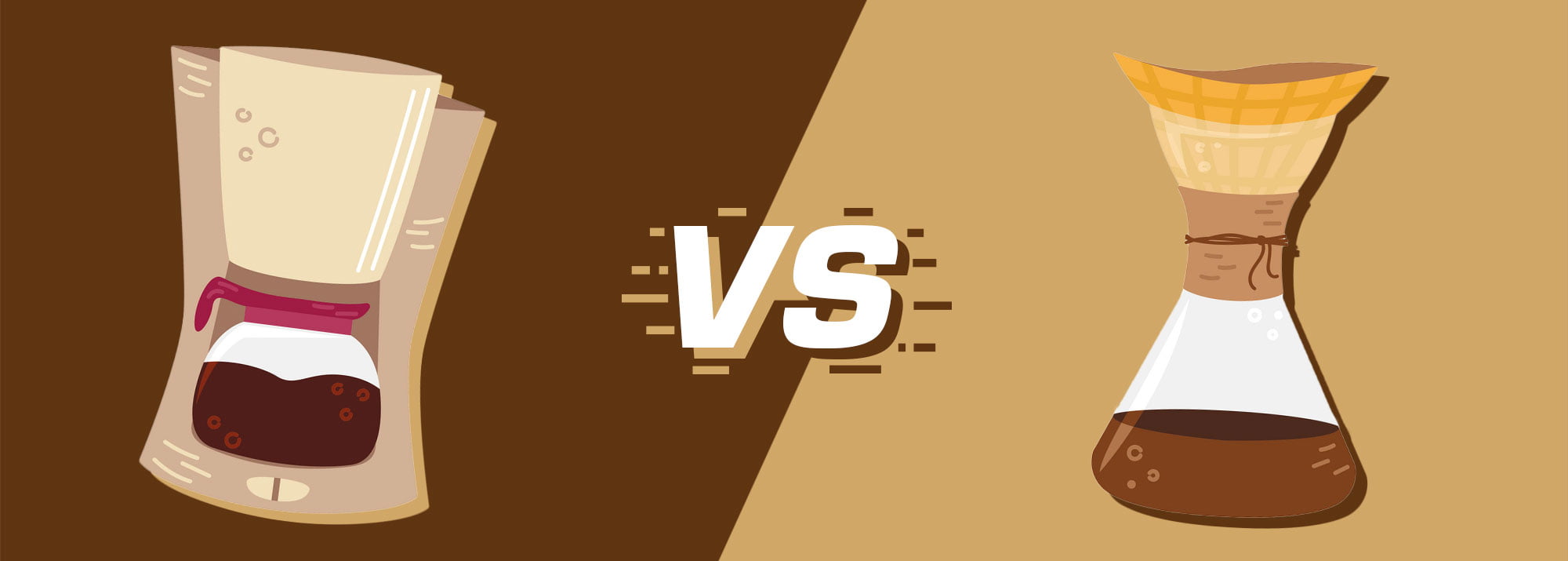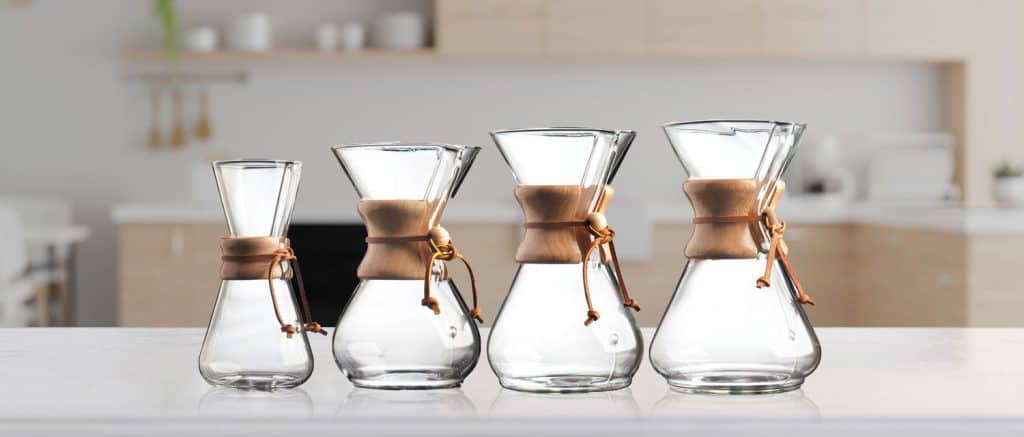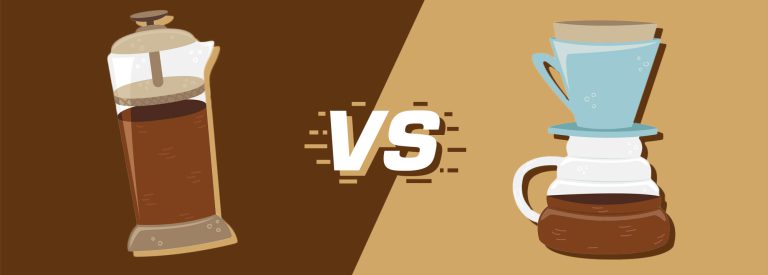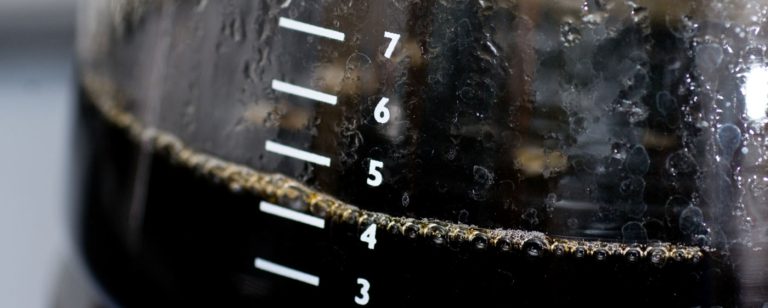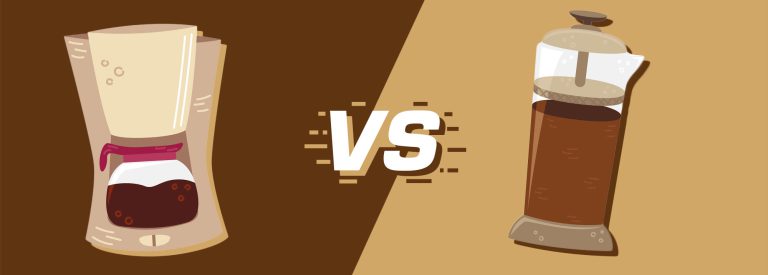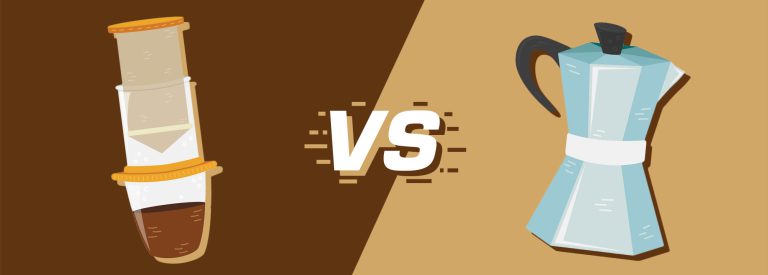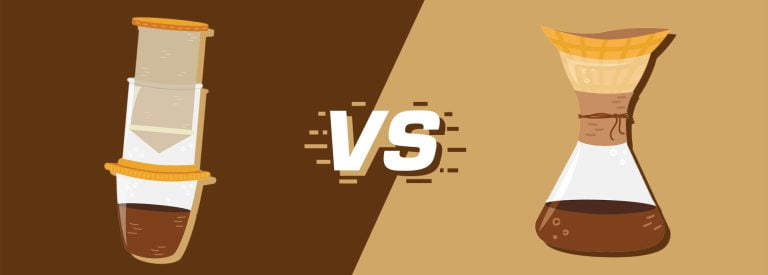Coffee vs Chemex: Does Drip or Pour Over Suit You Better?
There are mornings when I go to my kitchen and look at my drip coffee maker and then the Chemex beside it, but I just can’t choose what to brew with.
If you’re also torn between these two brewers, I’ll help settle that debate in your head once and for all.
In this article, I’ll go in-depth on the classic coffee produced by drip coffee machines and Chemex coffee. After reading, you’ll know a lot more about the differences between these coffee makers for sure.
Let’s have a look.
Comparing Drip Coffee & Chemex
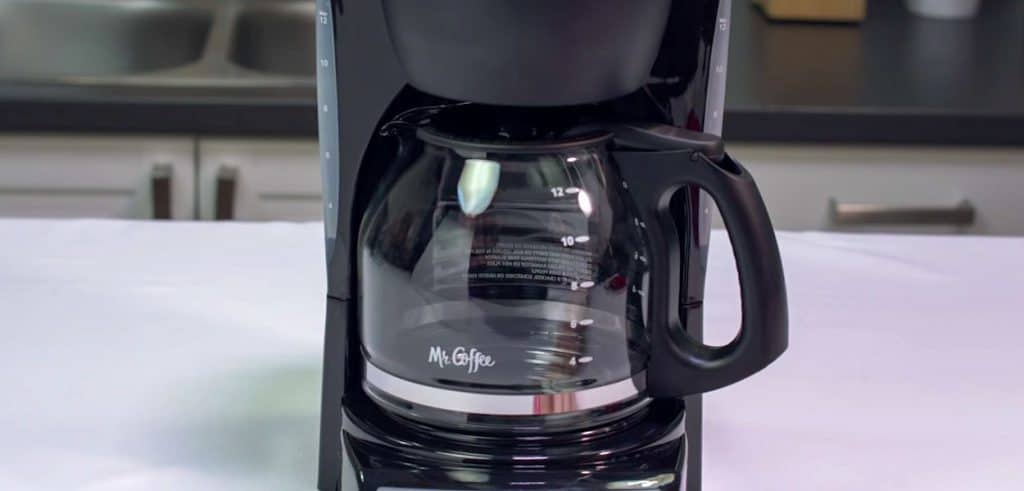

One of the most popular types of coffee in the US is drip coffee. This brewing method uses an automatic machine that pours hot water over ground beans, and gravity pulls the extracted liquid into a carafe below. It’s effortless and straightforward – just add water, grounds on a filter, and press start. The result is a consistent cup of joe, every time.
Meanwhile, the manual coffee maker Chemex is an hourglass-shaped borosilicate glass with a wooden collar that uses the pour-over method to make coffee. You pour hot water over freshly-ground beans in a Chemex filter, and like with drip coffee, your drink comes out below.
The methods are similar, but there are actually a lot of differences under the hood, let’s go over them one by one.
| Features | Drip Coffee | Chemex |
|---|---|---|
| Taste & Flavor | Strong and bold flavor, simple and smooth body | Light-bodied with a hint of sweetness, medium-strength intensity |
| Strength | Can be adjusted by coffee-to-water ratio or roast level | Can be adjusted by water-to-coffee ratios or bean roasts |
| Ease of Use | Automated process, easy to use even for beginners | Short learning curve in timing and pouring techniques |
| Brewing Speed | Takes 5-10 minutes to brew | Takes 5-7 minutes to brew |
| Versatility | Moderate level of control over brewing process | Offers more control over extraction process, highly customizable |
| Durability & Portability | Durable housing units, not for travel | Compact but lacks durability and portability due to glass material |
| Sustainability | Not very eco-friendly, consumes electricity and materials | Eco-friendly with all-glass system, wooden collar, and compostable paper filters |
| Cost | Various price points, starting from $25 to hundreds | Reasonably priced from $40 to $60, with pricier disposable filter replacements |
Taste, Flavor, & Strength
Let’s get straight to the drinking experience these brewers can offer.
Drip coffee has a strong and bold flavor but its body is simple yet smooth. The simplicity of the coffee allows for easy drinking while still packing a punch in terms of caffeine content. You can also alter the strength of drip coffee by adjusting the coffee-to-water ratio or roast level of the beans.
On the other hand, Chemex produces a light-bodied cup with a hint of sweetness that can be attributed to its thicker filter, and the specialized pouring method. While not as strong as drip coffee, it still offers medium-strength intensity. Like drip coffee, you can also adjust Chemex coffee intensity by modifying the water-to-coffee ratio and bean roasts.
The better coffee is really up to your preference. But personally, I lean towards Chemex’s clean-taste over drip coffee’s bolder taste. It’s subtle, but I also appreciate that added sweetness in each sip.
Ease of Use
There’s definitely an appeal to brewing coffee in an easy way. Drip coffee aces this category – the automated process makes it easy to use even for beginners. Just add medium-coarse grounds to the filter of your choice (paper, metal, or cloth) and the machine takes care of the water temperature and the “pour”.
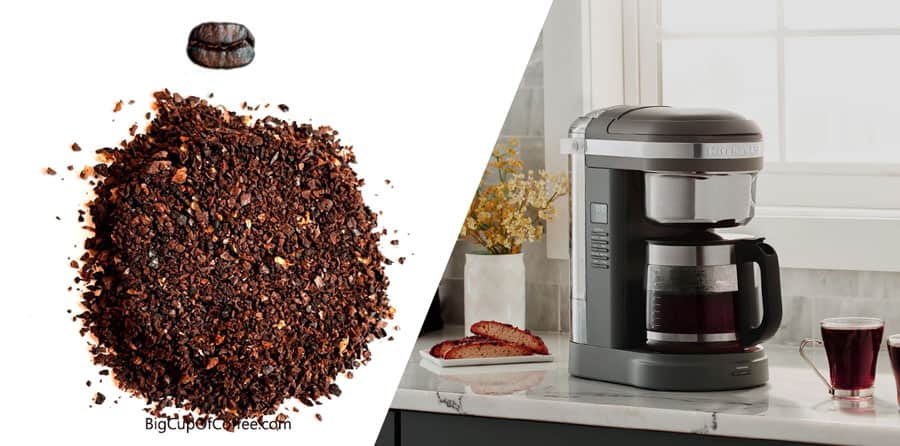
Chemex isn’t complicated either, but it does require some learning curve in regard to timing and pouring techniques. Using a gooseneck kettle, you pour hot water (200°F) into medium-coarse grounds in a filter. Like drip coffee, you can use single-use paper filters or reusable metal and cloth. I recommend using Chemex’s paper filters for an authentic flavor.

While both brewers are easy to use, drip coffee makers are clearly easier to use than their manual counterparts. After grinding your beans and adding water to the machine, all you really have to do is wait for your delicious drink.
Brewing Speed
Most people prefer a faster brewer, especially if you’re always in a rush to fix a cup. While an automatic process, drip coffee makers are not that fast in brewing. It typically takes 5-10 minutes including grinding, brewing, and cleaning up. Cleaning a drip coffee maker can also take some time because of its removable parts.
Chemex is generally faster, taking 5 to 7 minutes in total. The Chemex’s cleanup process is also pretty straightforward, but you need to take extra care because of the coffee maker’s fragile glass body.
So if we’re talking about speed alone – then Chemex is the winner here. You’re more involved in the brewing process, but it can brew faster than the drip machine.
Versatility
When it comes to brewing coffee, I put versatility high on my priority list because I like to experiment and tailor the flavor of my coffee to my own taste.
Drip coffee makers offer a moderate level of control over the brewing process. While you can adjust the water-to-coffee ratio and brewing time, the machine controls other factors such as water temperature and dispersion. This makes it harder to customize your cup of coffee fully. You can infuse your grinds with cinnamon to make cinnamon coffee, for example, but you can do the same with a Chemex.
There are innovative drip coffee brewers in 3rd wave coffee shops like the Precision Brewer from Breville that allow you to take charge of many brewing aspects and create specialty coffee beverages.

In terms of sizes available, drip coffee machines are more flexible in serving various amounts thanks to their multiple options:
- 4 cups
- 5 cups
- 8 cups
- 10 cups
- 12 cups
- 14 cups
In comparison, Chemex offers more control over the extraction process. You can control the grind size, water temperature, and pouring rate depending on how much flavor you want to extract from those particular grounds for a highly customized experience.
Chemex also has a decent range of sizes, offering four different options:
- 3-cup (16 oz)
- 6-cup (30 oz)
- 8-cup (40 oz)
- 10-cup (50 oz)
To summarize, drip coffee machines are more flexible in terms of capacity but the Chemex takes the win when it comes to the customization of your brews.
Durability and Portability
Drip coffee makers are often made with plastic, metal, and glass for the carafe. Their housing units are generally sturdy but this is not always the case for their internal parts. If you want a drip machine that lasts long, I recommend that you invest in an expensive model rather than a cheap one.
While drip coffee makers can be compact in size and easy to carry around the kitchen, they are not really ideal for travel because of their need for electricity.
Then there’s Chemex which is more compact, but still lacks durability and portability mainly due to its glass material.
In short, drip coffee machines are more durable than the Chemex, but when it comes to portability I don’t recommend either of these brewers, especially if you’re someone who likes to bring your brewing with you during travel.
Get an Aeropress Go instead, it is great for traveling.

Sustainability
It’s often looked over, but when I took a dive into researching the coffee industry’s impact on our environment, I realized how important sustainability is in brewing.
Drip coffee is not that eco-friendly, as it has a reputation for consuming considerable electricity during operation, and materials during production. Aside from single-use filters, low-quality drip coffee makers that flood the market generate extra waste since they do not have long operating lifespans.
In contrast, Chemex’s all-glass system and wooden collar make it quite eco-friendly, especially when paired with reusable filters. The paper filters used by Chemex are compostable, making them more environmentally friendly than other paper filters. They are large and you need to learn how to fold them, but it’s not difficult.
Overall, Chemex takes the lead as a sustainable solution to drip coffee’s wasteful brewing, and in fact, it is on my list of the most eco-friendly coffee brewers in 2025.
Cost
Lastly, there’s the cost to consider. Drip machines come at various price points, with lower-end models starting at $25 and high-quality ones going up to hundreds of dollars. Of course, you get what you pay.
The Chemex is reasonably priced from around $40 to $60 depending on its size and where you buy it from. While this seems more affordable compared to some drip machine models, keep in mind that disposable filter replacements for the Chemex are often pricier at $0.16 per piece. On top of that, you also need to get an accurate kitchen scale, a gooseneck kettle, and a good manual burr grinder is a plus as well.
So if it’s affordability you’re looking for, drip machines can be bought for less than the Chemex plus its accessories. However, if it’s about value for money, Chemex is the better choice unless you opt for a high-quality, albeit more expensive drip coffee machine.
Drip Coffee and Chemex – Weighing the Pros & Cons
Now that we’ve gotten a closer look at the features of each brewing method, here’s a quick overview of the pros and cons of drip coffee and Chemex:
| Brewing Method | Pros | Cons |
|---|---|---|
| Drip Coffee | – Quick and convenient to use – Affordable for an electric brewer – Does not require your attention when brewing | – Less control over the brewing process – Not portable – Not eco-friendly manufacturing |
| Chemex | – A wide range of sizes and capacity – A clean cup of coffee – Attractive aesthetic | – The glass design can be fragile – Also has a learning curve – Paper filters become a recurring expense |
To know more about how drip coffee stands in the world of brewers, check out how drip coffee fares compared to other brewing methods such as:
And here are the comparisons between Chemex and other brewing methods:
My opinion on which is better
To conclude, both the drip coffee maker and Chemex have their own benefits: drip coffee is easier to use, more durable, can be cheaper, and has a wider range of sizes, while Chemex is crowned for speed, versatility, and sustainability.
Personally, I prefer the Chemex because I really like the final cup, plus it looks elegant in any kitchen.
Would you agree, or do you like the drip coffee machine better? Let me know in the comments below.

